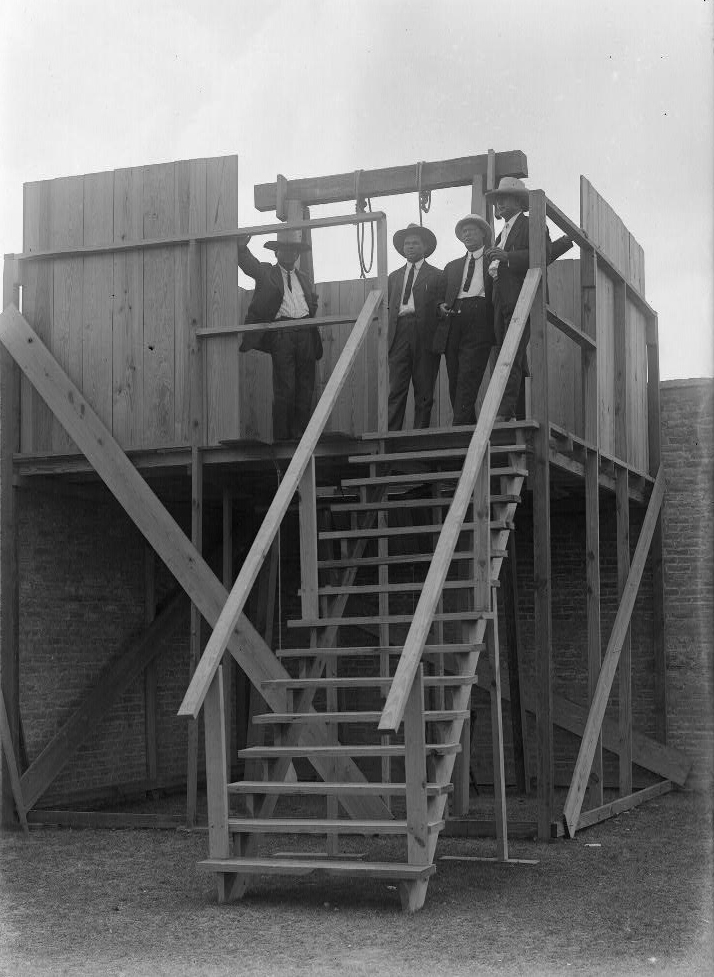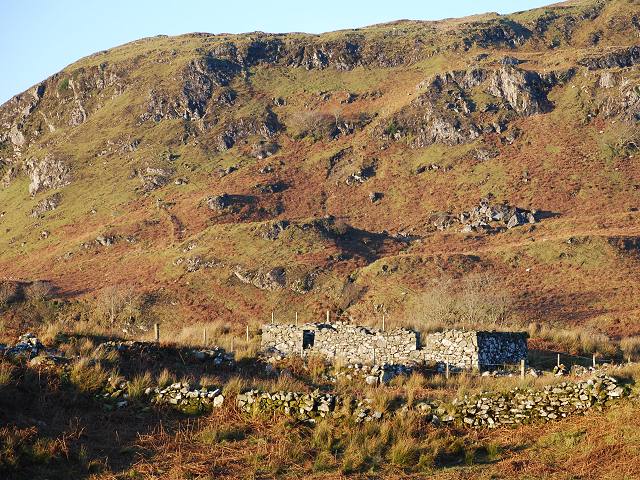|
Places, Place Names, And Structures On Mar Lodge Estate
Mar Lodge Estate is the largest remnant of the ancient ''Earldom of Mar'' in Aberdeenshire, Scotland and is now owned by the National Trust for Scotland. Allanaquoich A locality on the east bank of the Quoich Water close to its confluence with the River Dee. Altanour Lodge A ruined hunting lodge (pronounced like ''Altan Ower''), at the head of ''Glen Ey'' (southern-end), in a small plantation of spruce and larch. Named from the nearby stream ''Alltan Odhar - dun streamlet (Watson 1975)''. A landrover road runs between ''Altanour Lodge'' and the public road at Inverey. Am Beitheachan A locality (pronounced like ''be-a-chan'') in ''Glen Quoich'' upstream of where the Dubh Ghleann joins it near the foot of Beinn a' Bhùird - ''the little birch place - (Watson 1975)''. In ''Watson (1975)'' the author is evidently relying on his deep understanding of the local Gaelic for spelling and pronunciation, because in ''Dixon and Green (1995)'' (relying of documents) refer to the ... [...More Info...] [...Related Items...] OR: [Wikipedia] [Google] [Baidu] |
Mar Lodge Estate
Mar Lodge Estate is a highland estate in western Aberdeenshire, Scotland, which has been owned and managed by the National Trust for Scotland (NTS) since 1995. Its principal building, Mar Lodge, is about west of the village of Braemar. The estate is recognised as one of the most important nature conservation landscapes in the British Isles and occupies nearly 8% of the Cairngorms National Park, covering . The natural heritage value of the estate is reflected by the fact that much of it is designated as a Site of Special Scientific Interest (SSSI), a Special Area of Conservation (SAC) and a Special Protection Area (SPA).''Whole Estate Forest Plan'', National Trust for Scotland, 2012 The entire estate has been classified as a national nature reserve since May 2017, and is designated a Category II protected area by the International Union for Conservation of Nature. Extreme weather conditions are experienced across the estate, especially on the plateau. Landslides, avalanches an ... [...More Info...] [...Related Items...] OR: [Wikipedia] [Google] [Baidu] |
Gallows
A gallows (or scaffold) is a frame or elevated beam, typically wooden, from which objects can be suspended (i.e., hung) or "weighed". Gallows were thus widely used to suspend public weighing scales for large and heavy objects such as sacks of grain or minerals, usually positioned in markets or toll gates. The term was also used for a projecting framework from which a ship's anchor might be raised so that it is no longer sitting on the bottom, i.e., "weighing heanchor,” while avoiding striking the ship’s hull. In modern usage it has come to mean almost exclusively a scaffold or gibbet used for execution by hanging. Etymology The term "gallows" was derived from a Proto-Germanic word '' galgô'' that refers to a "pole", "rod" or "tree branch". With the beginning of Christianization, Ulfilas used the term ''galga'' in his Gothic Testament to refer to the cross of Christ, until the use of the Latin term (crux = cross) prevailed. Forms of hanging Gallows can take several f ... [...More Info...] [...Related Items...] OR: [Wikipedia] [Google] [Baidu] |
Sheiling
A shieling is a hut or collection of huts on a seasonal pasture high in the hills, once common in wild or sparsely populated places in Scotland. Usually rectangular with a doorway on the south side and few or no windows, they were often constructed of dry stone or turf. More loosely, the term may denote a seasonal mountain pasture for the grazing of cattle in summer. Seasonal pasturage implies transhumance between the shieling and a valley settlement in winter. Many Scottish songs have been written about life in shielings, often concerning courtship and love. The ruins of shielings are abundant landscape features across Scotland, particularly the Highlands. Etymology A "shieling" is a summer dwelling on a seasonal pasture high in the hills. The first recorded use of the term is from 1568. The word "shieling" comes from "shiel", from the forms ''schele'' or ''shale'' in the Northern dialect of Middle English, likely related to Old Frisian ''skul'' meaning "hiding place" and ... [...More Info...] [...Related Items...] OR: [Wikipedia] [Google] [Baidu] |
Banchory
Banchory (, sco, Banchry, gd, Beannchar) is a burgh or town in Aberdeenshire, Scotland. It is about west of Aberdeen, near where the Feugh River meets the River Dee. Prehistory and archaeology In 2009, a farmer discovered a short cist burial to the east of the town. Archaeologists were called into excavate it and they found that it was a burial from the Beaker culture. Radiocarbon dating put the burial at sometime between 2330 and 2040 BC. Stable isotope analysis of the human remains indicated that he or she grew up on basalt geology, like that of the region, or on chalk, meaning they were either local or could have come from another place, like Yorkshire. Residue analysis of the Beaker pot found in the burial established that it had held either butter or milk. History The name is thought to be derived from an early Christian settlement founded by St Ternan. It is claimed that Ternan was a follower of St Ninian. Tradition has it that he established his settlement o ... [...More Info...] [...Related Items...] OR: [Wikipedia] [Google] [Baidu] |
Victoria Bridge (Mar Lodge Estate)
Victoria Bridge is the early 20th century lattice girder bridge over the River Dee at Mar Lodge on Mar Lodge Estate, Aberdeenshire, Scotland. This bridge, built in 1905 and replaced an earlier wooden bridge, built in 1848 by the Duke of Leeds during his tenancy of the estate. The archway at the south end of the bridge bears '1848 Queen Victoria 1848' on the south side and '1905 Edward VII 1905' commemorating the construction of both bridges and the reigning monarch at the time. Description Built in 1905, Victoria Bridge is classed as a Category B structure. Victoria Bridge crosses the River Dee linking the drive to Mar Lodge with the public road between Braemar and Linn of Dee. At the public road end there is a gate and a gate house that was occupied by a Gatekeeper when Mar Lodge Estate was owned by the Duffs. Gallery Victoria Bridge (1995).jpg, Victoria Bridge Victoria Bridge, Braemar 04.JPG, Victoria Bridge Victoria Bridge, Braemar 2.JPG, Victoria Bridge, view from the ... [...More Info...] [...Related Items...] OR: [Wikipedia] [Google] [Baidu] |
Corriemulzie
Corriemulzie is a locality on Mar Lodge Estate, Aberdeenshire, Scotland. Corriemulzie lies on the Linn of Dee road about 3 miles west of Braemar. The locality includes the Corriemulzie Burn that flows through the Linn of Corriemulzie, and under the Corriemulzie Bridge. There are a few buildings at Corriemulzie including the old saw mill of the Mar Estate. In the 19th century the Duffs, who owned Mar Estate at the time, built the second Mar Lodge at Corriemulzie. Corriemulzie is the birthplace of Johann von Lamont (1805-1879), the famous Scottish-German astronomer and astrophysicist who pioneered the study of the Earth's magnetic field. At one time, Corriemulzie could have been described as a hamlet since there were many houses (including some now ruins) within a short distance from the Linn including Braegarie, Dairy Cottage, Alltachlair (ruin), and Arderg (ruin). A hydro-electricity scheme was constructed at Corriemulzie in 2016. Braemar Community Hydro Ltd. has installed a ... [...More Info...] [...Related Items...] OR: [Wikipedia] [Google] [Baidu] |
The Devil's Point
The Devil's Point (Scottish Gaelic: Bod an Deamhain) is a mountain in the Cairngorms of Scotland, lying to the west of the Lairig Ghru pass. The Gaelic name means "Penis of the Demon". The English name is a result of a visit to the area by Queen Victoria. She asked her local ghillie, John Brown, to translate the name; to avoid embarrassment he gave a euphemistic answer. Although The Devil's Point is strikingly distinct when seen from the south, it is a subsidiary peak of Cairn Toul, the summit of which lies some to the north. The easiest route is to follow the path leading up the Coire Odhar from Corrour Bothy, on the eastern side of the mountain. To reach the bothy requires a long walk in; the most usual route is to follow the Lairig Ghru from Linn of Dee, a distance of some . The Devil's Point is often climbed along with Cairn Toul. Sgòr an Lochain Uaine, which lies to the north of Cairn Toul is sometimes called ''The Angel's Peak'', in contrast to The Devil's Point. Refe ... [...More Info...] [...Related Items...] OR: [Wikipedia] [Google] [Baidu] |
Hamlet (place)
A hamlet is a human settlement that is smaller than a town or village. Its size relative to a Parish (administrative division), parish can depend on the administration and region. A hamlet may be considered to be a smaller settlement or subdivision or satellite entity to a larger settlement. The word and concept of a hamlet has roots in the Anglo-Norman settlement of England, where the old French ' came to apply to small human settlements. Etymology The word comes from Anglo-Norman language, Anglo-Norman ', corresponding to Old French ', the diminutive of Old French ' meaning a little village. This, in turn, is a diminutive of Old French ', possibly borrowed from (West Germanic languages, West Germanic) Franconian languages. Compare with modern French ', Dutch language, Dutch ', Frisian languages, Frisian ', German ', Old English ' and Modern English ''home''. By country Afghanistan In Afghanistan, the counterpart of the hamlet is the Qila, qala (Dari language, Dari: ... [...More Info...] [...Related Items...] OR: [Wikipedia] [Google] [Baidu] |
_(34).jpg)


.jpg)
.jpg)
